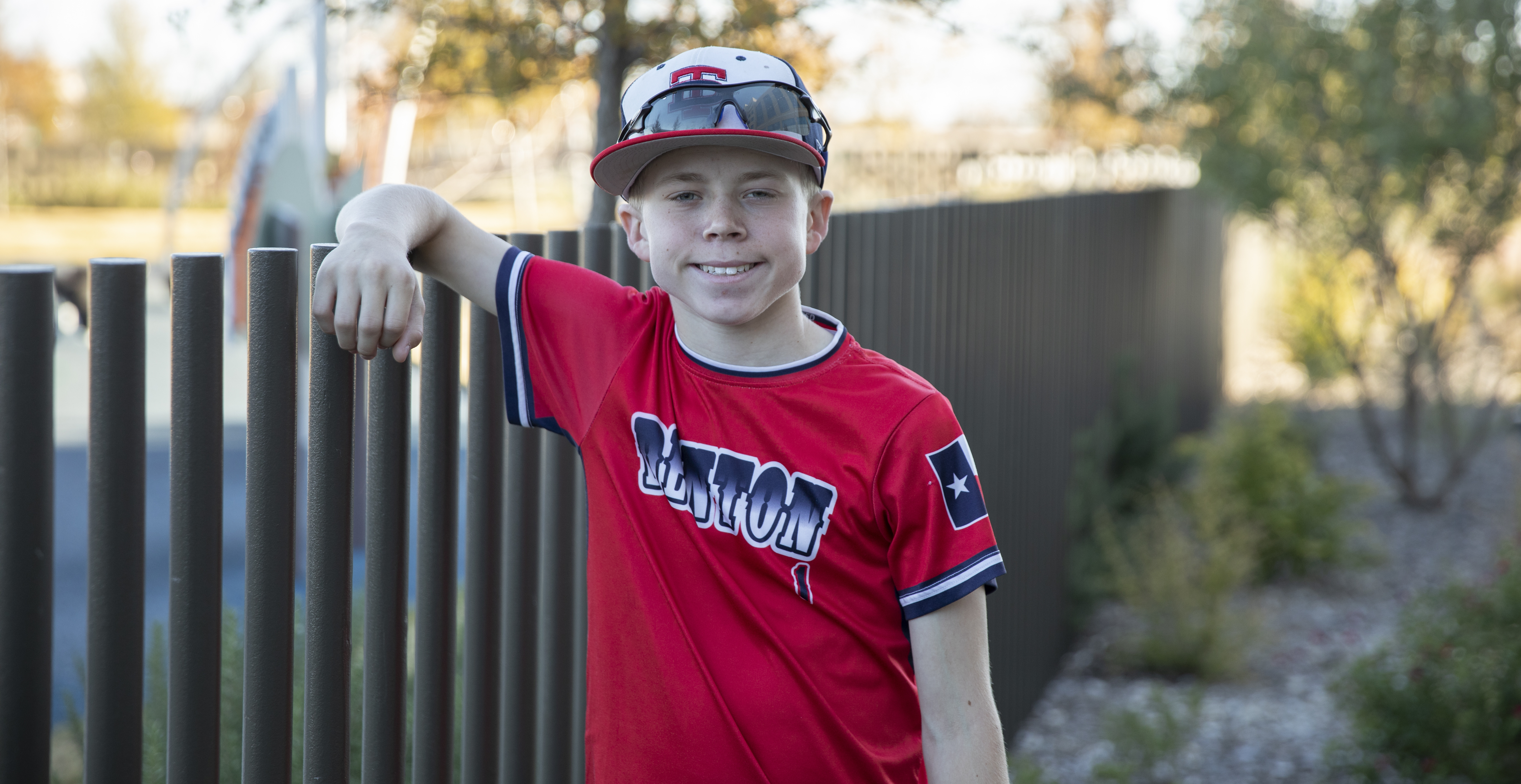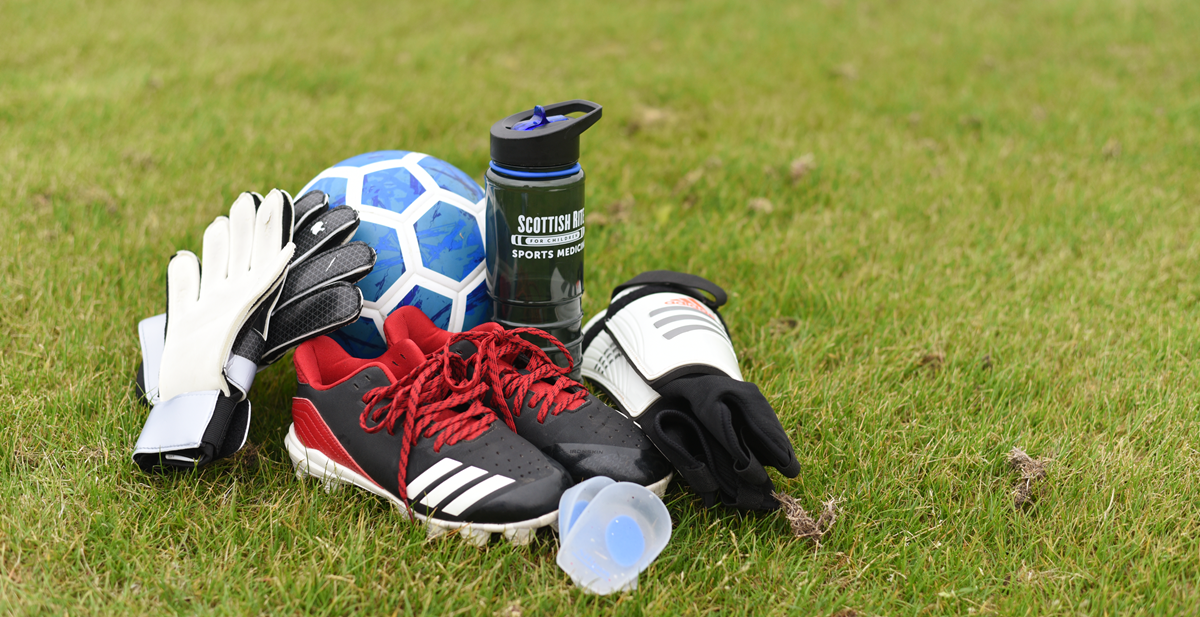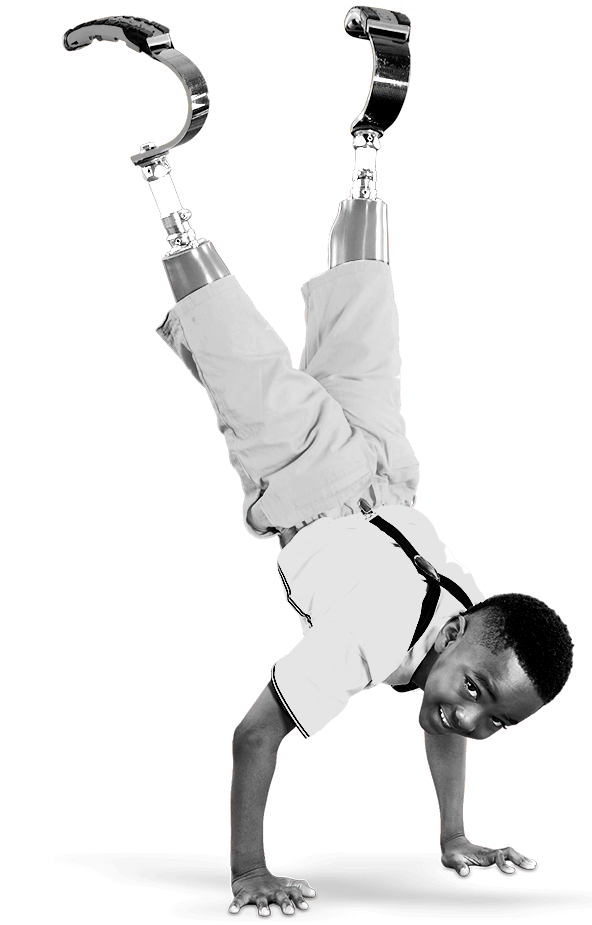
Jan 18, 2024 / Fractures
Wrist Fractures and Other Wrist Complaints You Shouldn’t Ignore
Wrist problems in young children are more common than you might think. Energetic and often fearless, kids like to play and roughhouse, which can bring a lot of joy — and a lot of injuries. Falling, in particular, is a common cause of wrist fractures, which can be difficult for parents to identify, since kids may not consider pain in the wrist something to be immediately concerned about.
Still, it is important to diagnose these injuries as quickly as possible so your child can receive treatment and start to heal.
Five Causes of Wrist Pain in Children
Not all falls lead to fractures, and not all wrist pain develops because of broken bones. Below are some common reasons why children may feel pain in their wrists.
● Both bone forearm fractures. The most common wrist injury seen in children, this fracture involves breaks in the two bones in the forearm — the radius and the ulna.
● Buckle (torus) fractures. Another common wrist fracture, a buckle fracture occurs when one side of a bone, such as the radius, buckles or bends but the other side does not. Buckle fractures are also called incomplete fractures.
● Ganglion cysts on the wrist. These small fluid-filled sacks grow out of joint tissue, typically on the back of the wrist. Doctors don’t know why they form, but in many cases, they go away on their own.
● Scaphoid injuries. These injuries involve a small bone in the wrist just below the thumb called the scaphoid bone. It’s one of many small carpal bones situated between your finger and forearm bones. Often the result of falling on an outstretched hand, scaphoid injuries are more common if your child has his or her hand turned slightly inward during the fall (wrist pronation).
● Wrist sprains and strains. Sprains occur when the ligaments in the wrist joint stretch beyond their limit or tear. A strain occurs when you injure the muscle or tendons in your wrist, for example, through an overuse injury.
It is important to get fractures treated quickly to avoid further damage to the area, or to the tissues and blood vessels surrounding the fracture itself. This helps your child to avoid any future wrist pain or problems arising from complications of the break, such as poor blood supply that can slow or limit healing.
Can You Spot a Wrist Fracture?
A young child may not complain about wrist pain or associate the discomfort with a particular activity or event. Even medical providers can have a hard time identifying wrist fractures because the fractures can sometimes be difficult to see on X-rays. However, treating a wrist fracture, and any other wrist injury, can help your child avoid future problems. An untreated fracture can damage surrounding tissues and blood vessels, leading to pain. In addition, bones may not align properly without treatment.
Pain is a common symptom of a wrist fracture, but other signs include swelling at the site of the fracture and worsening pain when trying to grasp or pinch something.
If your child’s wrist pain persists, but X-rays at an immediate care clinic don’t suggest an injury, seeing a hand or wrist specialist is a good idea. These providers can perform physical exams to look for tenderness and swelling and see whether the injury has affected the joint’s range of motion. They can also use specialized X-rays designed to look for damage in the wrist or surrounding tissues.
Casting and Other Treatments for Wrist Fractures
Most often, your child will get what is called a short arm cast. This type of cast begins below the elbow and reaches to about the middle of your child’s palm, keeping all the bones properly aligned and immobile to help ensure they heal in the right position. The shape of the short arm cast allows your child to use their thumb and fingers while they wait for their injury to heal.
Your child’s doctor may also recommend a bone stimulator, which sends ultrasonic or electromagnetic waves through the bone to help the fracture heal. In the case of more severe fractures, surgical treatment may be necessary to reset the bone.
Full healing of a broken bone can take up to six months, with a brace sometimes replacing the cast partway through the process.
Treating Other Wrist Injuries
While wrist strains and sprains may be less severe than fractures, they still need treatment to avoid pain and future wrist problems.
Doctors often diagnose these injuries using X-rays. Treatment typically involves resting the injured wrist and applying ice to reduce swelling. A bandage may help limit movement and allow the strained muscle to heal.
Wrist fractures, sprains and strains can slow your child down, and they can take a while to heal. But expert care helps make sure your little human dynamo is back in action without too much downtime.
Our Fracture Clinic can help confirm a diagnosis of a broken wrist or other bone. Call 469-515-7200 to schedule an appointment, or if your child has a confirmed fracture, you can come to our walk-in clinic on weekdays from 7:30 to 9:30 a.m.



